settings
children
With Famly since
Are you running out of water play ideas for your setting? Well look no further.
We all know that these sensory activities have a huge range of benefits, and are exactly the kind of scientific, exploratory play that never fails to grab the attention of younger children.
Water play provides endless opportunities; you can demonstrate floatation, make use of bubbles, explore the different forms of water (like ice) and, of course, simply immersing little hands and feet in it. In the past, we’ve written on how to improve your water play provision, so now, it seemed only right to find a few new ways to incorporate easy water play ideas into your setting.
Before we start though, remember even shallow water can pose a serious danger to young children who are not yet familiar with it, so make sure that children who are playing with water always remain under full adult supervision.
With that in mind, here we are, ten fantastic water play ideas to try at home or in your setting.
1. The Ice Age Bin
The water play idea: The Ice Age Bin by Happy Hooligans
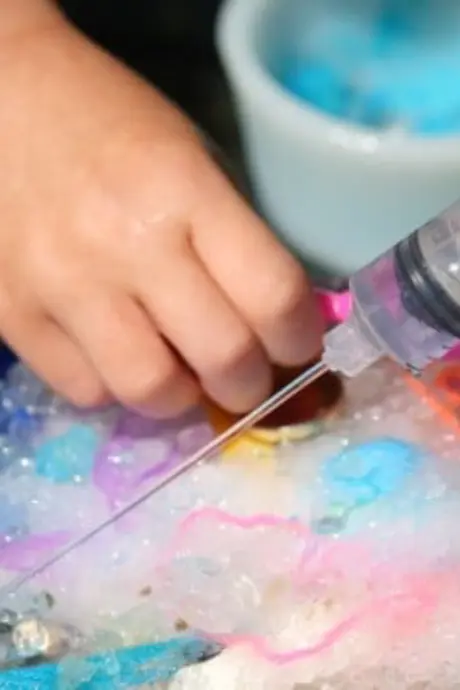
In a nutshell: The children can excavate little treasures out of a large block of frozen ice. Using excavation tools will help the ice to melt a bit faster, giving the children full control of the planning and execution of the whole water play activity.
*What you need: *
- A block of ice containing toys and treasures (you can create this by placing a container filled with water and toys in the freezer)
- Salt shakers
- Some coloured de-icing salt (stir in a few drops of food colouring)
- A bowl of coloured water
- Plastic syringes
- Teaspoons
How you do it:
This activity is great for children under five years old because it’s so exciting and self-explanatory. Simply freeze a few trinkets and toys – perhaps little shells and crystals – into a large block of ice and once it’s done set out the ice alongside all of the other materials.
The children can use the syringes to spray water at the ice, strategically melting the spots where they see brightly coloured toys or spoon the salt onto the ice block to help with the process. What turns out surprisingly well in this activity is the level of collaboration between children who are united in the determination to uncover the treasures.
2. Painting the House (With Water)
The water play idea: Paint the House by Screen-Free Parenting
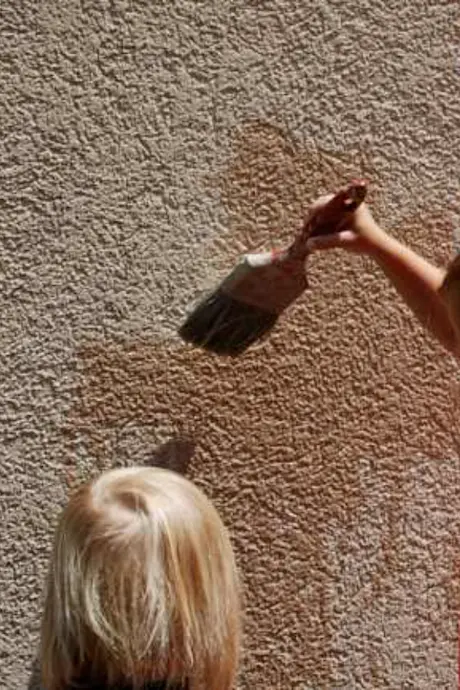
In a nutshell: Who needs real paint when you have water and an outside surface that changes colour when it’s wet? Children have the opportunity to develop their painting skills while getting that sense of satisfaction that comes with seeing changes where they’ve “painted”.
What you need:
- Painting equipment: Rollers, paintbrushes, and paint trays
- A surface (outdoors) that changes colour when it’s wet
- Water
How you do it:
Explain to the children that it’s time to paint the house! Do a quick demonstration and hopefully it’ll be followed with enthusiasm and excitement. This activity is ideal for toddlers and young children who are going through the “do-it-myself” phase and it can be great for siblings at home, as they take turns with the different paintbrushes and rollers.
It also introduces young children to the concept of colour changes and how moisture can change the appearance of a surface. Don’t forget to ask what’s happening to the walls, and explore the chances as the children paint.
3. A Homemade Water Wall
The water play idea: Homemade Water Wall by Happy Hooligans
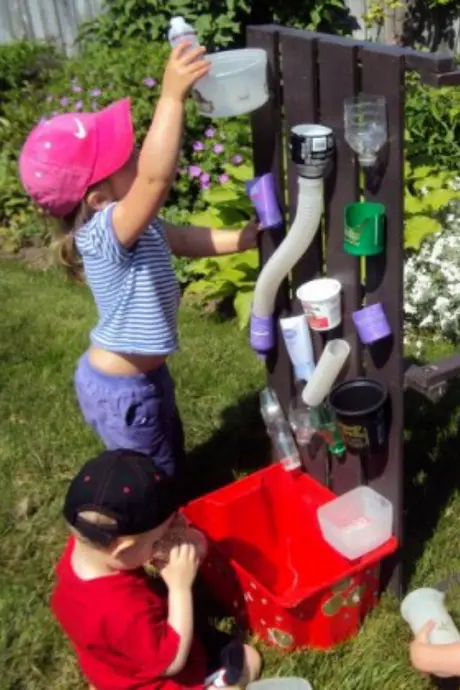
In a nutshell: One of the simplest ways to construct a basic entertainment hub that will keep young children amused for hours. It might look like a complex design but it’s really as basic as they come.
What you need:
- A piece of fencing, a board, a wall, a piece of an old bench (as pictured) or any other similar base.
- Halved plastic bottles
- Pieces of plastic pipe
- Any other tunnel-like items that can funnel water
- A staple gun
- A good eye for rough measurements
How you do it:
Start creating your water wall with a firm base. The idea is to have multiple pipes and funnel-like structures to lead the water into one container at the bottom. Attach the bits and pieces to the back of the base with the staple gun.
Simply use your eye and have a few trial runs to check that the water does get funnelled into the container before you attach the pipes and the bottles. By creating a reliable catchment at the bottom of the wall, you can reuse the same water over and over.
4. Pom-Pom Squeeze Water Play
The water play idea: Pom-Pom Squeeze Water Play by My Bored Toddler

In a nutshell: As well as great sensory play, this pom-pom squeeze activity is extraordinarily basic and helps young children with their fine and gross motor control – perfect for young children under the age of two.
What you need:
- Pom poms in an assortment of sizes
- A large container of water
- Smaller empty containers
How you do it:
The large container of water might be tempting for little hands and that’s fine – go with whatever your little one instinctively wants to do. Place the pom-poms in the water and allow your child to observe them as they absorb it.
The idea is to take the drenched pom-poms and squeeze the water and into the empty containers – but watch out, you have to be prepared for lots of water on the floor with this one so it’s a great activity for outside too.
The big ideas
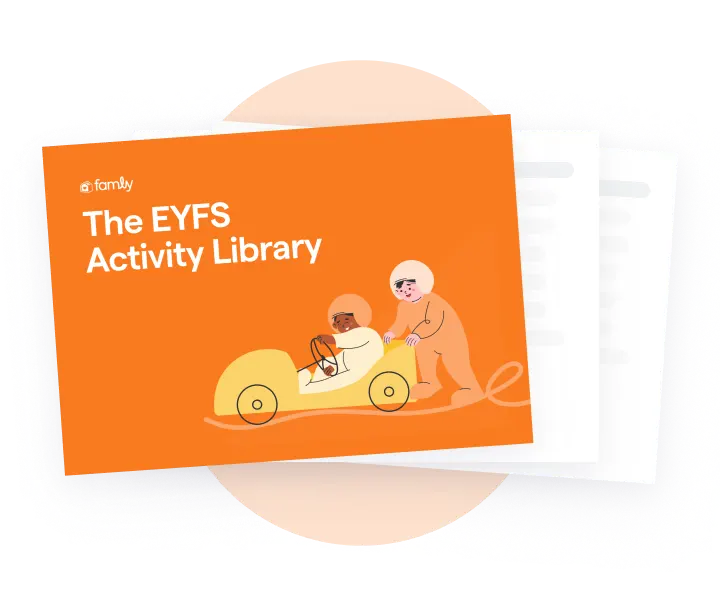
5. Small World Beach
The water play idea: Small World Beach by Screen-Free Parenting

In a nutshell: Learning to play independently and imaginatively usually happens after the age of three and this fun water and sand activity really stimulates the use of that imagination in a positive way.
What you need:
- A tub of water
- Sand
- Rocks
- Bits of cloth to serve as towels
- Dolls
How you do it:
Basically, this activity is all about leaving the ingenuity up to the child’s imagination. Provide the ingredients gathered in one spot outdoors and watch as a storyline develops and children enter into their own small worlds.
6. The Changing Shape of Water
The water play idea: The Changing Shape of Water by Stir the Wonder
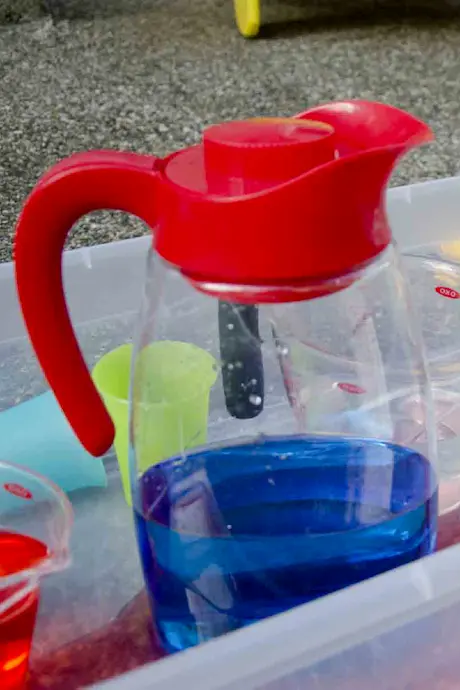
In a nutshell: This activity is suitable for all ages, but for a proper understanding, it’s best suited to the four- to five-year-old age group. The idea is to demonstrate the defining characteristic of a liquid -that is, the way in which it adapts to the shape of the vessel that is holding it.
What you’ll need:
- Different shaped glass jars
- Water
- Food dye
How you do it:
Use the dye to colour the water in order to increase its visibility. Have your child pour the liquid into each of the various containers. Once the water is in the jar, point out the unique shape that the water has adopted. It helps to accompany the activity with a drawing of each jar used and to have the child colour in the blue liquid to demonstrate how the water changed its shape.
7. Bottle Cap Fine Motor Play
The water play idea: Bottlecap Fine Motor Play by Fantastic Fun and Learning
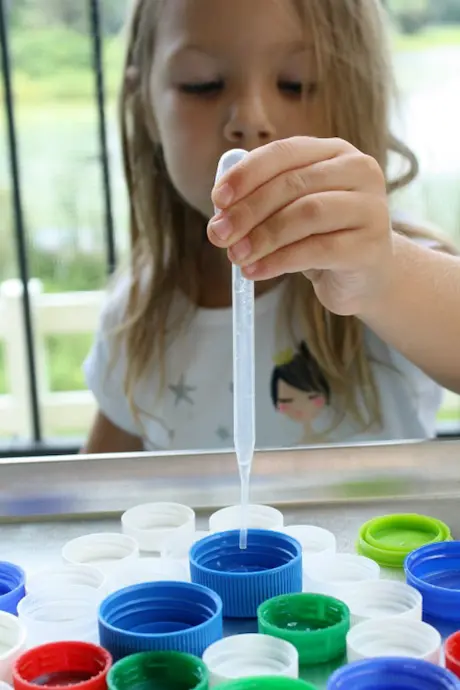
In a nutshell: Ready to build some serious fine motor skills and hand-eye coordination? This exercise is oddly satisfying for youngsters, while also working on that key skill of sitting still and concentrating on the task at hand.
What you need:
- An assortment of bottle caps
- A small dish of water
- At least one pipette, a syringe (with no needle) or a medicine dropper
How you do it:
Simply use an assortment of bottle caps. Different colours and sizes bring enough variety to make it interesting. The aim is to fill each bottle cap with water without spilling. It can be very challenging with a syringe, which is difficult for small hands to manipulate with precision. Ideally, try to find a use a pipette or a small medicine dropper.
8. Pool Noodle Boats
The water play idea: Pool Noodle Boats by Frogs, Snails and Puppy Dog Tails
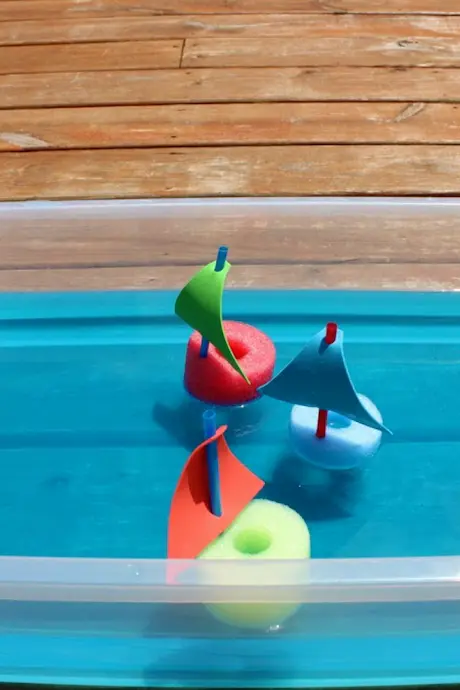
In a nutshell: You can race these boats by blowing on them, you can put them in the bath, you can name them, you can sink them…the options are endless, but whatever your children do they’re certainly a great opportunity to stretch their imaginations.
What you need:
- Foam sheets for arts and crafts
- Cut up pool noodles
- Straws
- A hole punch
- Scissors
How you do it:
It’s a basic cut-and-assemble job. The boats’ sails are made by cutting little triangles out of the foam. Punch holes in the sails and thread the pre-cut straw through the holes. The actual boats are made by cutting pieces of an old pool noodle to the right shape and size, and then you’re ready to go!
9. Floating Chalk Prints
The water play idea: Floating Chalk Prints by Picklebums
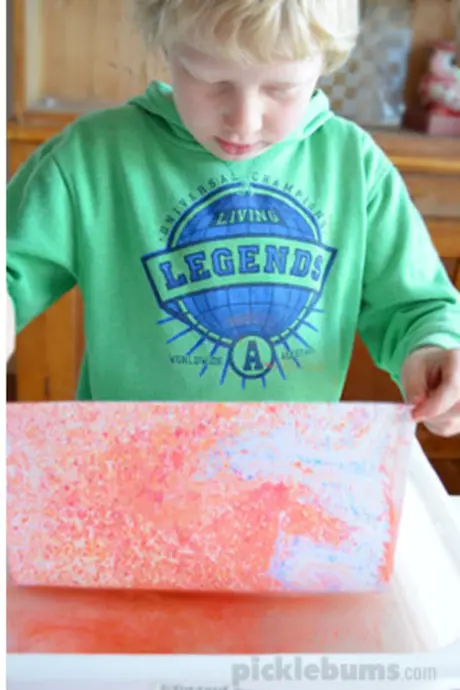
In a nutshell: This activity is ideal for children who are four- to five-years old. It’s a printing activity that lets them create an artistic masterpiece, super simple and other than a possible water spill, it’s mess-free.
What you need:
- Chalk pastels or regular chalk
- Some paper
- A shallow tub of water that the paper fits into
- Something to scrape the chalk like plastic knives or a cheese grater
- Somewhere flat to set your prints to dry
How you do it:
Simply scrape the chalk over the water and allow the dust or shavings, to settle in the water. Keep adding more chalk dust in different colours, the shavings should form a layer on top of the water. Place the paper on top of the surface of the water and watch as the chalk colours adhere to the page in an artistic masterpiece. Finish off by setting the paper somewhere safe to dry.
10. Leak-Proof Bag
The water play idea: Leak-Proof Bag by Paging Fun Mums
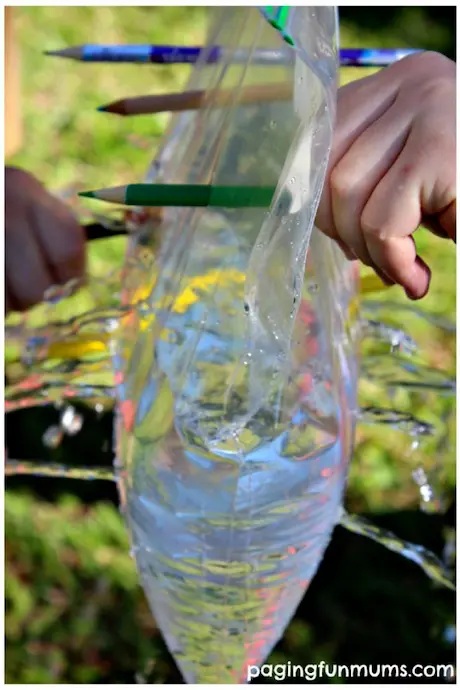
In a nutshell: This science activity is best suited to older children who will understand enough about what’s going on to approach it with curiosity and fascination – but the activity should be fun enough for all children to get involved.
What you need:
- Plastic zip lock bags
- Sharp pencils
- Water
How you do it:
The idea is to demonstrate how water does not leak out of a bag when you poke a pencil through both sides of the plastic. Magic, huh? Naturally, the children will find it interesting but the real fun happens when you pull the pencils out and let the water drain out – another good activity for a summer day outside!
Please note: here at Famly we love sharing creative activities for you to try with the children at your setting, but you know them best. Take the time to consider adaptions you might need to make so these activities are accessible and developmentally appropriate for the children you work with. Just as you ordinarily would, conduct risk assessments for your children and your setting before undertaking new activities, and ensure you and your staff are following your own health and safety guidelines.
Get 1000s of free EY activities
Want over 7,000 activities? See them in a free 14-day trial. Filter to target learning areas, age groups and topics, and get inspired.
Get started









